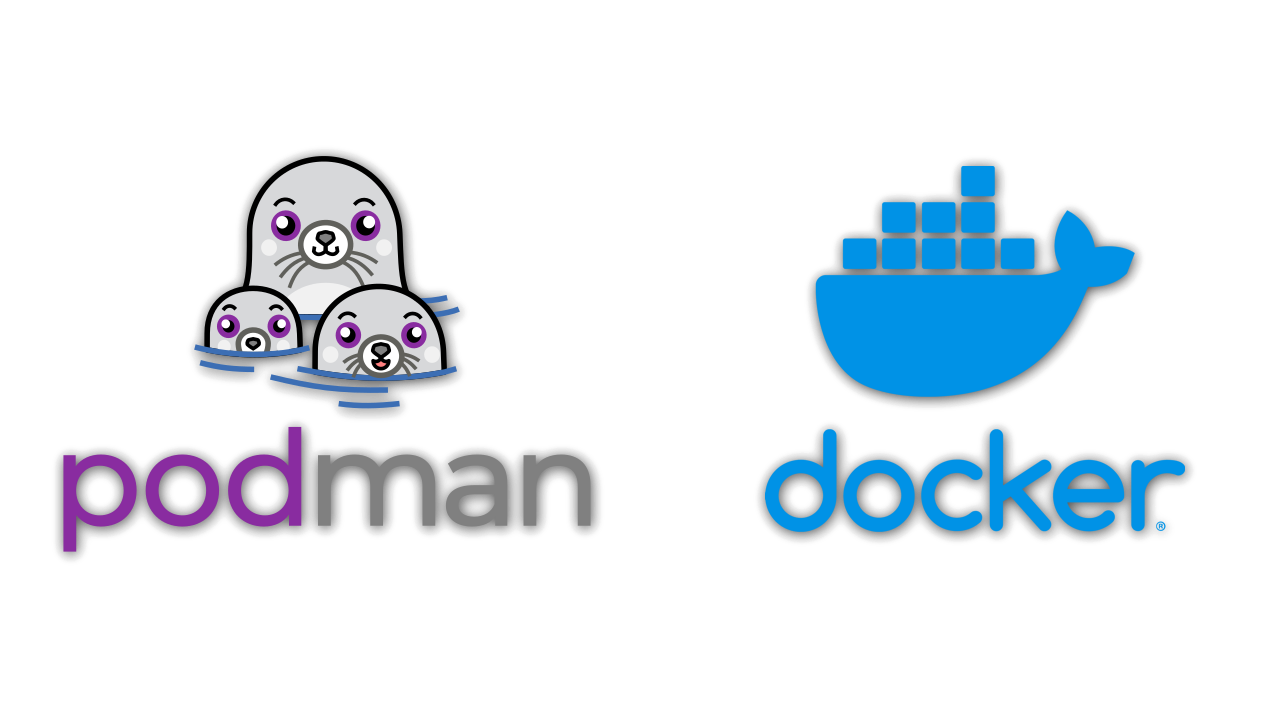Podman vs Docker
Podman and Docker are both containerisation tools, but they have some key differences, and one of the reasons people might prefer Podman over Docker is its focus on security

Podman and Docker are both containerisation tools, but they have some key differences, and one of the reasons people might prefer Podman over Docker is its focus on security. Here's a comparison of the two, with an emphasis on security:
- Rootless Containers:
- Docker: In Docker, by default, running containers often requires root privileges, which can pose a security risk. While Docker has introduced "rootless" containers as an option to address this, it's not the default setup.
- Podman: Podman emphasises rootless containers from the start. By default, containers run as non-root users, which is more secure and mitigates many security risks.
- No Daemon:
- Docker: Docker traditionally relies on a daemon (the Docker daemon) to manage containers. This daemon can be a single point of failure and a security risk.
- Podman: Podman is a daemonless container engine, which means it does not require a long-running daemon process. This reduces the attack surface and potential security vulnerabilities.
- Better Integration with Systemd:
- Podman is designed to work well with systemd, which is a Linux init system and service manager. This allows for better process management, security controls, and more predictable behaviour in a containerised environment.
- Enhanced Security Features:
- Podman has a strong focus on providing enhanced security features. It includes tools like
seccomp, which can be used to restrict the system calls a container can make, and AppArmor/SELinux profiles to confine containers further. These features help limit the potential damage that a compromised container could do.
- Podman has a strong focus on providing enhanced security features. It includes tools like
- Policy-Based Security:
- Podman offers policy-based security, allowing administrators to define policies that restrict container behaviour. This can help prevent containers from performing potentially harmful actions.
- OCI Compatibility:
- Both Podman and Docker are OCI (Open Container Initiative) compatible. This means that they can run containers using the same container image format and runtime, making it easy to transition between the two.
- Community and Ecosystem:
- Docker has a larger and more established community, as it was one of the first containerisation tools. This often results in more readily available resources and support.
- Podman's focus on security and its alignment with Red Hat's ecosystem have attracted users who prioritise security and are already part of that ecosystem.
In summary, while both Podman and Docker can be used to run containers, Podman's focus on security and its default use of rootless containers make it an attractive option for those who prioritise security and want to reduce the attack surface of their containerised applications. However, the choice between the two ultimately depends on your specific use case and requirements.
Personally i think the base foundations of Podman are more secure and its design is meant for enterprise. However Dockers popularity makes it the default choice for many. Podman's use of Docker syntax and containers is a smart move and Dockers implementation of rootless rules is a good choice too. We will likely see more convergence of these platforms overtime.
Due to my use of containers in production and privacy sensitive environments, Podman still remains my choice.